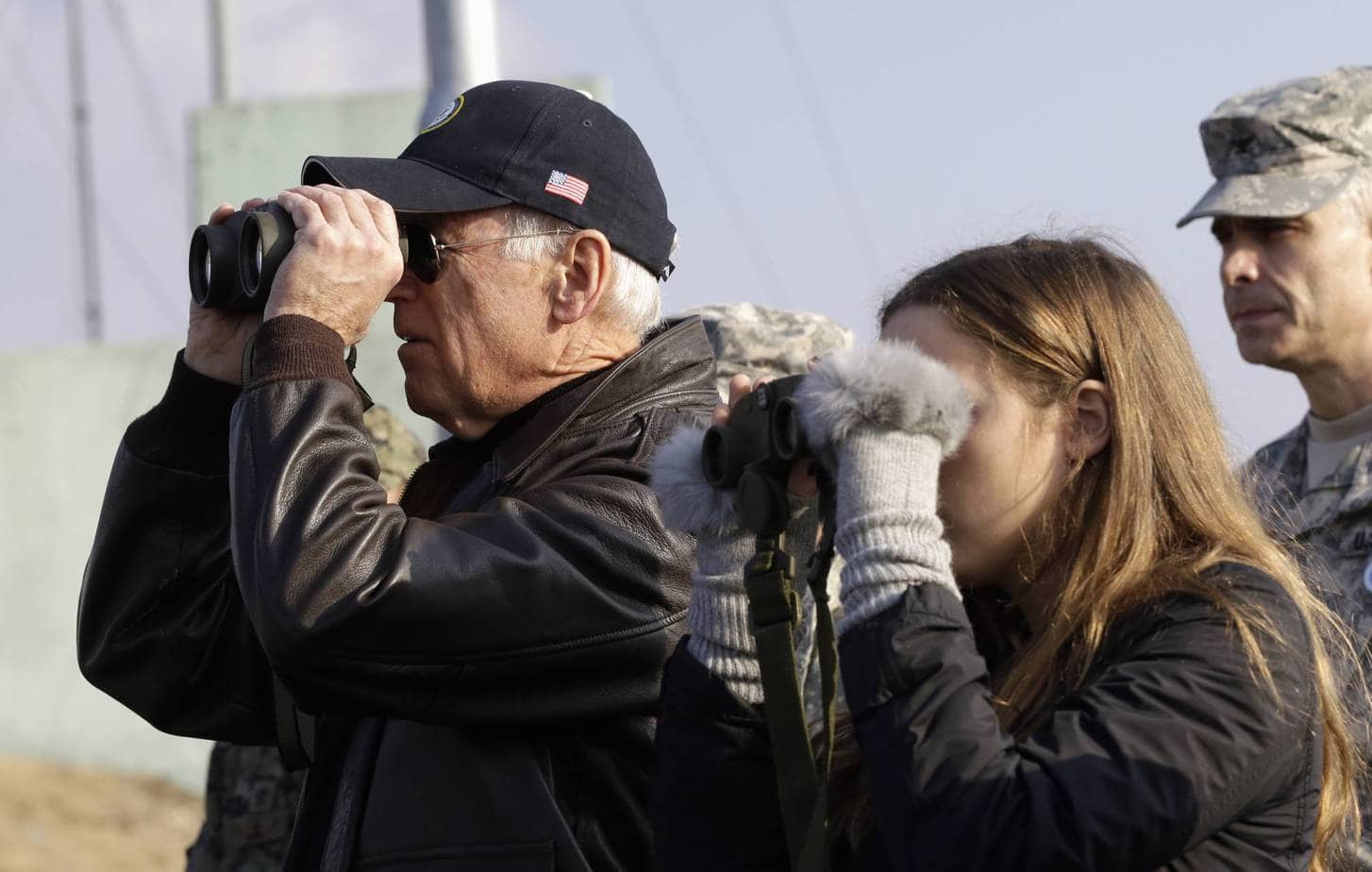On July 5th, POLITICO’s Lee Hudson reported that “the Pentagon is working on a new plan to rise above competition from China and Russia: balloons.”
In theory, the balloons would be used to surveil our enemies from high altitudes. The balloons would augment the U.S.’s ability to gather intelligence from behind enemy lines, perhaps providing a more viable surveillance option than satellites, drones, or the U-2 spy plane. Versatile, too, the balloons “can be trucks for any number of platforms, whether it be communication and datalink nodes, ISR, tracking air and missile threats, or even various weapons – and without the predictable orbits of satellites,” Tom Karako said to POLITICO, he is senior fellow for the International Security Program and Missile Defense Project director at the Center for Strategic and International Studies.
Investing in Balloons the Future of Balloons
The Pentagon is especially anxious to increase surveillance on China, whose aggressive territorial posturing, and ambitious military build-up, have the western world on edge. China is currently undertaking one of the largest naval expansions in military history; China just last month launched its third aircraft carrier. And Pentagon officials were surprised last August when China successfully tested a nuclear-capable hypersonic missile, which came within twenty-four miles of its intended target after traveling around the globe. Surveillance balloons could help the U.S. gain a better understanding of China’s military capabilities and better foresight into tests or excursions.
The Pentagon has already invested about $3.8 million on balloon projects, with intentions to invest another $27.1 million in fiscal year 2023. By Pentagon standards, $30 million or so is merely an exploratory investment but it does represent a tangible interest in military balloons.
Up, Up and Away
The balloons in question are sophisticated. Designed by Raven Aerostar, the balloons “consist of a flight control unit, powered by batteries that are charged using renewable solar panels. They also have a payload electronics package that controls flight safety, navigation and communications,” POLITICO reported. “But that’s not all. Raven Aerostar uses a proprietary machine-learning algorithm that predicts wind directions and fuses incoming sensor data in real time. The company also employs a software program to pilot and monitor its balloon fleet and has a mission operations center manned with trained flight engineers 24 hours a day, seven days a week.”
One primary benefit of using Raven’s balloons is reduced cost. Whereas launching, operating, and maintaining military aircraft or satellites can easily cost millions and millions of dollars, the balloons should be able to function for months on a mere six-figure investment.
Military balloons are not new. In fact, balloons have had military applications for centuries. In 1782, the French successfully flew hot air balloons for the first time. In 1794, hot air balloons were used in combat for the first time, when the French Aerostatic Corps flew l’Entreprenant over the Battle of Fleurus. The following year, the French flew another hot air balloon in battle, over the Siege of Mainz. During the American Civil War, Professor Thaddeus S. C. Lowe organized the Union Army Balloon Corps. Lowe and his balloons were used for map drawing, reconnaissance, and directing artillery fire. And in World War I, military balloons were used extensively. The balloons were considered valuable enough to defend – with anti-aircraft guns, machine guns, and patrolling fighter aircraft. The pilots daring enough to attempt to destroy an enemy balloon, despite the stationary, formidable defenses, were known as “balloon busters,” and they were revered for their daring.
Now, with the Pentagon investing in modern military balloons, the eighteenth-century invention may well be a fixture in twenty-first-century war fighting.
Harrison Kass is the Senior Defense Editor at 19FortyFive. An attorney, pilot, guitarist, and minor pro hockey player, he joined the US Air Force as a Pilot Trainee but was medically discharged. Harrison has degrees from Lake Forest College, the University of Oregon, and New York University. He lives in Oregon and listens to Dokken. Follow him on Twitter @harrison_kass.

